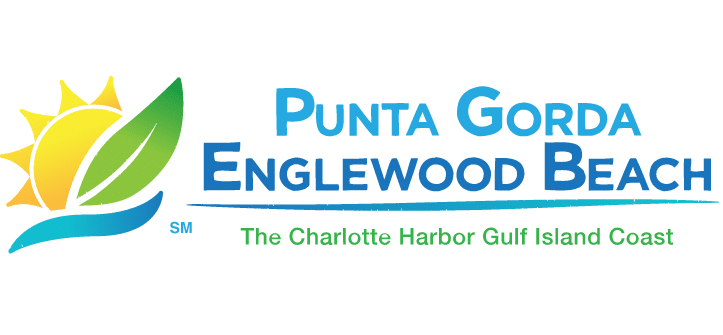New rules for ferries after horror crossing
A report by The Dominion Post says that Maritime New Zealand has demanded an overhaul of the way Cook Strait ferries operate in heavy weather, after a horrific sailing that damaged railway wagons, smashed cars and injured passengers.
Maritime NZ made 14 safety recommendations after the Aratere’s gruelling journey between Wellington and Picton on March 3 last year.
The ferry, with 391 people on board, was hit by waves of up to 14 metres, it twice slewed violently and heeled over an estimated 50 degrees.
Experienced crew thought the ship was about to capsize, according to a Maritime NZ report made public yesterday.
The recommended measures include random checks on the competence of ship masters, a review of the decision-making regarding whether ferries should sail, and a new cargo-lashing system on the Aratere.
Maritime NZ director Catherine Taylor said the recommendations were all now in place.
The final report watered down references from investigators to the ship almost capsizing, which had appeared in a draft version that was leaked to The Dominion Post in November.
That said the Aratere came “extremely close to capsizing”. “If more cargo had shifted and/or downflooding had occurred, she would have done so.”
Those lines were removed, and replaced by: “It is not possible to describe or precisely quantify with mathematical precision the margin of safety when Aratere sheered and rolled heavily.”
The title of the draft report was Incident Investigation – Near Capsize. That became in the final report, Incident Report – Heavy Weather/Cargo Shift.
The general manager of maritime operations at Maritime NZ, John Mansell, said the draft was changed after investigators did further analysis and talked to international experts.
“The draft was always a working draft. It’s unfortunate it was leaked.”
The report had also taken into account recommendations by operators Toll.
Ms Taylor said technical evidence “appears to conflict with reports the ship was in serious danger”.
“This was still a very serious incident which was understandably very upsetting and uncomfortable for many on board.”
Another report, by the Transport Accident Investigation Commission, also found the Aratere had not been in danger.
Investigator Captain Iain Hill said the rolls “would not have been pleasant” for passengers or crew.
Aratere passenger Kevin Harrington was on the starboard (right) side as the Aratere lurched over. “I remember thinking that water looks awfully close to the porthole; it only seemed inches away.” “I know it must have been further, but that’s what it seemed like.” But he never thought the ship was going to go over.
Interislander group general manager Seamus O’Sullivan said it had reviewed its operations.
The Aratere’s ordeal began at 4.44pm when it was hit by a wave estimated to be 14 metres high.
The ship sheered to port (left) and rolled 50 degrees to starboard, crew members reported. Several rail wagons were toppled by the roll.
By 5.05pm the master, Captain Wayne Osmond, was worried by how close the Aratere was to Cape Terawhiti.
He turned to port, but the move stalled the ship, leaving it rolling heavily for three minutes.
At 5.39pm the Aratere rolled to starboard again, tipping more wagons over, and causing a six-degree list.
When the Aratere limped into Picton at 10.26pm, the crossing had taken seven hours and thirty minutes, 4½ hours longer than usual.
Four passengers and a crew member were injured. Six rail wagons and their contents, 32 private cars and 15 other vehicles were damaged.
Report by The Mole
 United Kingdom
United Kingdom United States
United States Asia Pacific
Asia Pacific












































BA suspending all Heathrow to Abu Dhabi flights
Unexpected wave rocks cruise ship
Report: Cruise guest died after ship lashed in heavy storm
British teen in serious condition after paraglider collision
JetBlue scraps London Gatwick flights